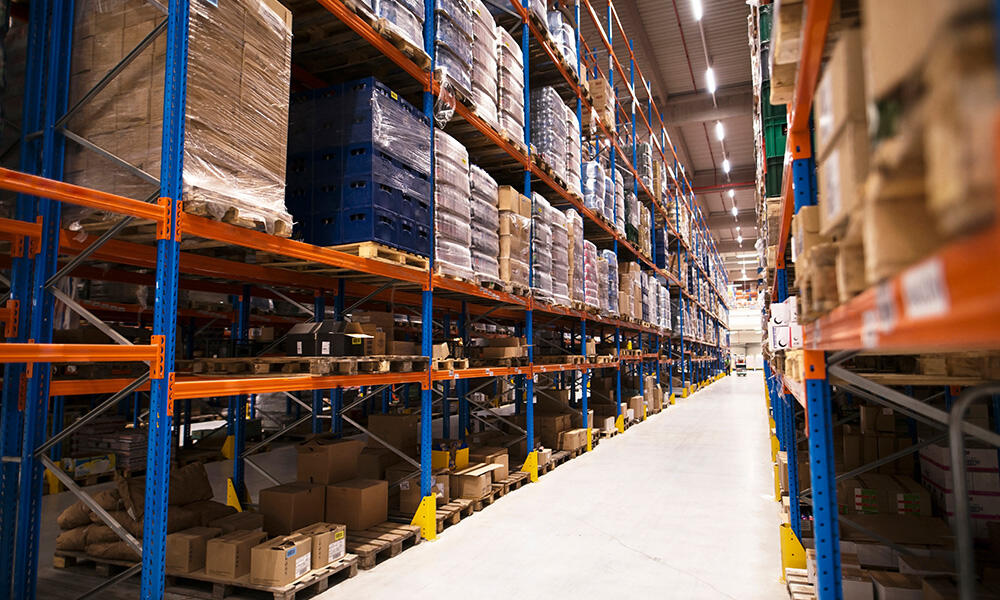
Unlocking the full potential of e-commerce warehouses: An in-depth analysis of six core application scenarios
E-commerce warehouses have evolved from traditional storage spaces into growth engines. In the face of surging order volumes, omnichannel expansion, and rising consumer expectations, specialized warehousing solutions are addressing the pain points of the following key scenarios:
Managing explosive growth and seasonal fluctuations
When Black Friday traffic overwhelms temporary warehouses or third-party logistics (3PL) providers are under pressure, e-commerce warehouses with flexible designs use dynamic inventory optimization mechanisms to intelligently allocate best-selling products to picking zones. Combined with modular space expansion capabilities, they can quickly scale up storage capacity by 300% during peak sales seasons. Vertical立体仓储 systems maximize the use of building height to store off-season products, achieving the optimal balance between growth and resource allocation.
Redefining Order Fulfillment Efficiency and Accuracy
Slow manual picking and issues like misdeliveries and omissions are eroding brand trust. Modern solutions leverage zone-based picking and wave processing technology to reduce picker movement distances by 60%; the Warehouse Management System (WMS) uses scanning devices and AI path planning to provide real-time operational guidance, reducing misdelivery rates to 0.1%; integrated smart packing stations automatically match product dimensions to generate optimized box sizes, directly cutting logistics costs by 20% and supporting same-day delivery services.
Unify the omnichannel inventory hub
Inventory fragmentation across multiple platforms leads to stockouts on Amazon and inventory buildup on independent sites, causing double losses. The core solution lies in establishing a real-time interconnected digital hub: WMS synchronously monitors inventory levels on platforms such as Amazon, Walmart, and Shopify; generates proactive replenishment instructions based on historical data predictions; and maintains over 99% inventory accuracy through automated cycle counts, completely eliminating overselling and freeing up 30% of tied-up working capital.
Redesign the reverse logistics value chain
Inefficient return processing leads to loss of product value. A specialized solution involves setting up a dedicated return processing zone to standardize quality inspection and grading (with resalable items refurbished and restocked within 24 hours); WMS automatically updates inventory status and marks defective items, seamlessly integrating with third-party refurbishment or liquidation platforms, ultimately reducing processing costs by 40% and recovering 50% of lost product value.
Supporting B2B/Wholesale Business Expansion
Efficiency plummeted when handling pallet orders in To C warehouses. To address this, heavy-duty shelving storage areas, diesel forklift loading/unloading zones, and full-pallet picking zones were configured. Combined with a B2B customer portal enabling self-service ordering, LTL freight rate calculation, and bill of lading tracking, this helped traditional DTC brands establish enterprise-level revenue channels.
Building a resilient and sustainable system
Regional emergencies and ESG requirements have driven new infrastructure standards. A distributed warehouse network layout mitigates single-point failure risks; photovoltaic power generation and temperature-controlled energy-saving systems reduce carbon footprints; and an eco-friendly packaging materials center promotes the adoption of biodegradable materials. This enhances supply chain resilience while increasing eco-conscious consumer conversion rates by 20%.
